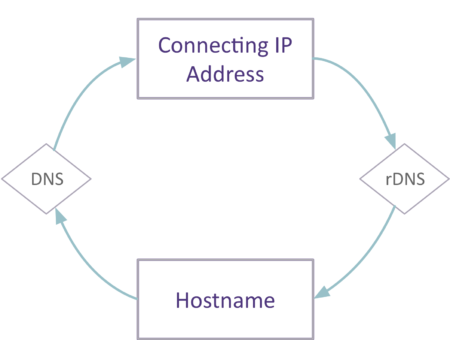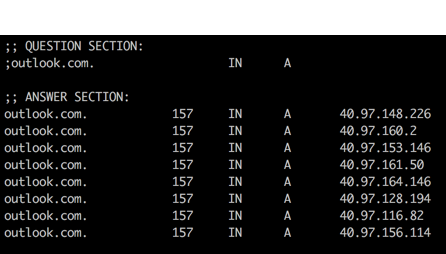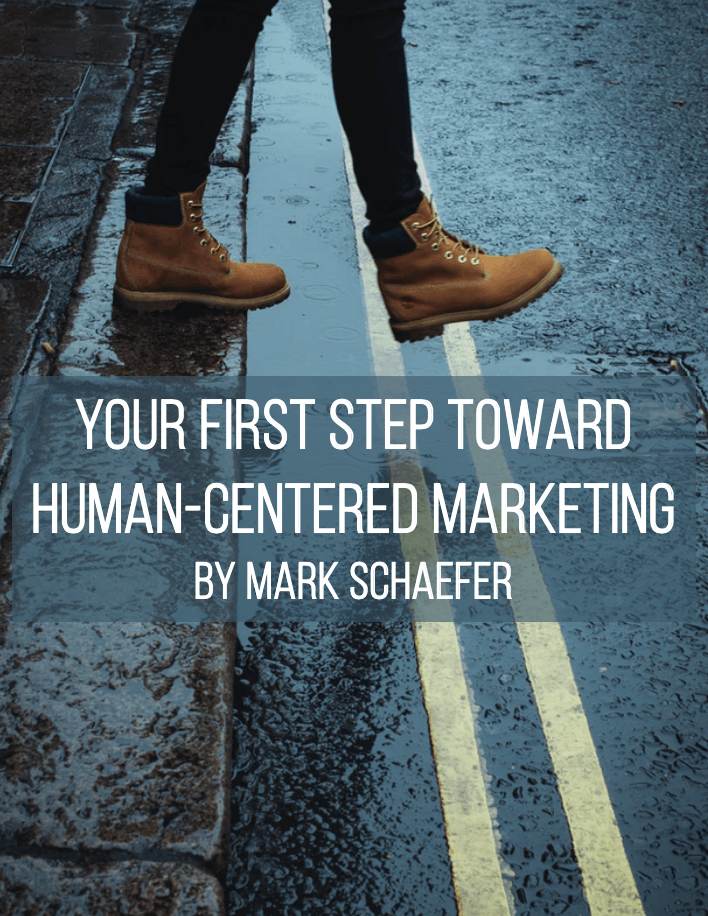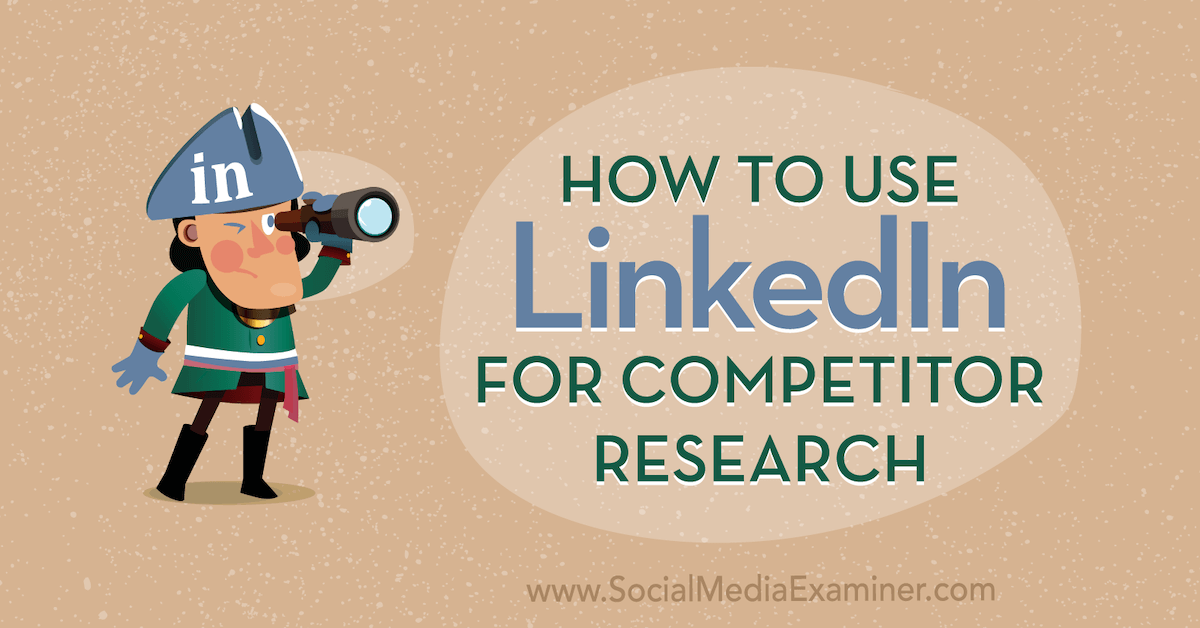If you want to grab the attention of agents and even Hollywood, finding high concept ideas for your books is the way to do it. Jess Zafarris shares the basics and how to hone your pitch in this article from our September 2019 issue.

There’s no such thing as a “sure thing” when it comes to anticipating the sales of a book based on a query letter. But agents leap at the chance to represent authors who deliver well-executed, high concept manuscripts.
Simply put, “high concept sells,” according to Paula Munier, senior literary agent and content strategist at Talcott Notch Literary Services, thanks to its measurable audience appeal and big-screen adaptability.
High concept queries rise to the top of agents’ slush piles—and bestseller lists—because they offer something broadly applicable but totally new or a new spin on a familiar model. In a conference presentation on the topic, Angie Hodapp of Nelson Literary Agency broke down the contents of your average agent’s slush pile:
- 85 percent of queries are quiet or derivative (e.g., a generic vampire story) or blandly situational (e.g., watch someone deal with a divorce).
- 10 percent are so outside the norm that an agent can’t imagine how to make it work.
- 5 percent are “I must read more!” They offer something completely new or a brand new take on something familiar.
Most high concept fiction is found in that 5 percent of the slush pile. “High concept ideas tend to stick in a person’s mind,” says Danielle Burby, an agent at Nelson Literary Agency. “High concept is all about big ideas, high stakes, and clear communication.”
WHAT EXACTLY IS HIGH CONCEPT?
High concept stories:
- Appeal to multiple pre-existing audiences.
- Have series potential.
- Cross genres (which gives it the opportunity for placement in bookstores on a center display).
- Display general human appeal (vs. genre-specific or formula-based appeal).
A high concept idea is based on a simple “what-if” premise that can be pitched in one to three sentences. It tends to be an original twist, adaptation, or blend of ideas that have been successful in the past. Nearly every idea has been had before, but playing with variations on what has already been done gives you a better chance of being unlike anything else out there.
The goal of a high concept pitch is to make the person you’re pitching to wonder why no one has thought of your idea before.
“I tend to think of high concept as straddling genres,” Burby says. “You have women’s fiction with a dash of thriller or horror with a literary twist or contemporary with magical realism, etc. It boils down to finding a big idea that immediately makes people sit up and take notice.”
High concept sells in Hollywood too, and it’s there that you can find some exceptional inspiration for developing high concept ideas as well as pitching your “same but different” idea.
“High concept is no substitute for mastering your craft,” writes the screenwriter, producer, and script doctor who goes by the pseudonym The Unknown Screenwriter. “It’s simply the most effective way to capture an agent, manager, or producer’s interest.”
Well-executed high concept ideas can take off, leading to the creation of subgenres based on the appeal of one or two predecessors. For example, The Matrix franchise triggered a decades-long stream of films and comics targeted at the broad range of audiences interested in gritty action, sci-fi, technothrillers, and darker superhero stories as well as sub-spins on those.
As a great example of a high concept book that performed well and has also been turned into a movie, Burby cites Bird Box by Josh Malerman. “I love using What Alice Forgot by Liane Moriarty as an example of a well-executed [high concept] hook,” Burby says.
[Read more about high concept ideas here.]
GENERATING THE HIGH CONCEPT IDEA
How do you reach that wow factor that puts queries in that 5-percent portion of the slush pile?
“It has to be a big idea we haven’t seen before,” says Munier. “What publishers and producers really want is ‘the same but different.’ As in ‘just like (insert blockbuster here), only different.’” There are a few ways you can get started with your base idea and plot.
- Twist a trope. The Hannibal Lecter stories twist the serial killer trope by having Lecter—ostensibly a villain himself—aid the protagonist.
- Blend popular stories (and embrace them as comp titles when you’re pitching). Burby cites One of Us Is Lying by Karen M. McManus, a mashup of The Breakfast Club and Pretty Little Liars.
- Put a new spin on a classic. Apocalypse Now is Joseph Conrad’s Heart of Darkness transplanted into the Vietnam War era.
- Rip from headlines. Dry by Jarrod Shusterman and Neal Shusterman speculates about the escalation of the California drought.
- Advance a conversation generated by real-life issues and current popular fiction. The Hate U Give by Angie Thomas addresses income disparity and police shootings of people of color.
- See what’s popular on shelves and the screen. Marlon James’s Black Leopard, Red Wolf leveraged the popularity of Game of Thrones.
- Think action over introspection. Most high-concept stories are plot-forward. “You need the great character and the compelling emotional arc, but the plot also needs to be high stakes and filled with twists and turns,” Burby says.
- Combine genres. Neil Gaiman’s American Gods blends drama, mystery, fantasy, and classic mythology.
PITCHING THE HOME RUN
The ability to present a high concept idea as such is another skill entirely. “High concept pitches are very appealing because they immediately tell a reader what to expect from a story,” says Burby. “This clarity is helpful for pitching to every person in the process of a book’s life (from editors to sales teams to booksellers to readers), which is vital because every person in that process hears about so many books all the time and it can be hard to grab their attention.”
One of the best ways to get an agent to understand why your high concept idea is new and where it fits into the market is to explain it in relation to what you’ve twisted to reach the idea. Try these approaches:
- “It’s a buddy cop story but with .” (“What if two diametrically opposed cops were suddenly [placed in a totally new and unexpected situation]?”)
- “It’s a teen girl’s first romance story but with .” (“What if a teen girl suddenly met [someone totally unlike anyone you would expect in a teen romance story] and they [did something totally unexpected]?”)
- Leveraging Munier’s “the same but different” principle, you can also phrase it as “X meets X,” such as: “It’s Breaking Bad meets Outlander.” (However, you should probably avoid extremely popular or ambitious titles because they’re difficult to live up to. There are exceptions, of course. George R.R. Martin pitched the Song of Ice and Fire series as “The Lord of the Rings meets the Wars of the Roses.”)
- “It’s Ferris Bueller’s Day Off meets Firefly.” (This tells us that it’s funny but probably has serious themes, and likely takes place in space.)
Embrace clarity and brevity as well as the what-if premise. “I learned very quickly when I became an agent that I couldn’t sell anything I couldn’t pitch in 50 to 75 words or less,” says Munier.
HOOKS & CONCEPTS
Note that while every high concept idea can be explained as a “what-if” question, not every book that can be explained as a “what-if” question is high concept. Every high concept idea has a hook (like the bullets above), but not every book with a hook is high concept.
Wait, what?
First of all, let’s clarify what a hook is. A hook is the story in a nutshell. For example:
- Suicidal man learns what life in his town would be like if he had never been born. (It’s a Wonderful Life)
- Jamaican bobsled team competes in the Olymics. (Cool Runnings)
- Kid becomes a space wizard to thwart an evil empire. (Star Wars)
All of these films are high concept and have a strong hook, which can be rephrased in a variety of ways.
This hypothetical hook, on the other hand, is not high concept: “It’s Romeo and Juliet with a gender swap.” For a story to be high concept, “Whatever element you twist has to impact the plot, not [just] the characters or the setting,” Hodapp says.
To impact the plot, you must return to that what-if question—the premise—and then add characters.
The mockumentary horror-comedy What We Do in the Shadows twists genres and styles with comedy and friendship, making it a powerful high concept idea. For this film, the “what-if” question could be: “What if a group of immortal vampires lived together like contemporary bachelors in New Zealand?” Then add a cast of unexpected characters, comedic antics, and boom—the highest of concepts. Multi-genre audience appeal, lots of heart for human appeal, two spin-off TV shows, and an upcoming sequel. Here’s a high concept pitch based on the premise:
Filmed in mockumentary style, this comedy film features a group of vampires who room together in New Zealand. When a visitor they intended to drink blood from unexpectedly turns into a vampire, the group struggles to adapt to the norms of modern life while the new vampire struggles to fit in.
To distinguish between a story with a strong hook that agents will love and a high-concept story, Burby uses the book Finding Fraser, which is about a fan of Diana Gabaldon’s Outlander who goes to Scotland to find her own Jamie-esque true love. “This is a book that will appeal to a specific subset of people and that, as an agent, I am intrigued by because I know immediately who the audience is and how to communicate about this book with its intended audience in a way that will get them to buy it,” she says.
Although it has that strong hook and a market waiting to devour it, Finding Fraser isn’t high concept—but Outlander is. Outlander also has a strong hook: “Woman falls back in time in Scotland.” The element that completes the high concept circle is its wide audience appeal, which Gabaldon achieved by straddling multiple genres: romance, fantasy, historical fiction, and more.
So clearly high concept isn’t required to get published.
“Low concept,” so to speak, could refer to any story that is more concerned with character development and other craft elements than punchy and summarizable plots and multi-category appeal. And there is plenty of audience potential to be found there.
Literary fiction, for example, has historically focused on artful prose or experimentation with structure and character development, typically tending to be internal, experimental, and introspective.
However, contemporary literary fiction demonstrates a leaning toward high concept. Munier points to Lily King’s Euphoria, Karen Joy Fowler’s We Are All Completely Beside Ourselves, and Colson Whitehead’s The Underground Railroad as examples.
Genre fiction doesn’t have to be high concept either. There you’ll find audiences with a certain itch and genre-specific expectations that must be fulfilled—and that’s the core of what you need to get a piece of genre fiction published. Consider the persistent popularity of mystery novels that demonstrate variations on the same formula.The audience for that type of story is usually looking for a certain tone, type of character arc, etc. There are exceptions, of course, that are high concept, and they often have the power to open up new opportunities and tropes within the genre.
Memoirs typically aren’t high concept; instead, they focus on introspection, family, and personal change. But again, Munier reminds us that high concept can appear anywhere, citing the memoirs Educated by Tara Westover, The Year of Less by Cait Flanders, and Eat, Pray, Love by Elizabeth Gilbert.
And what about kids’ books? “Most people don’t tend to think of picture books when you think of high concept,” Burby says, “but I would say The Day the Crayons Quit is a fantastic example of a high concept picture book.”
WRITE YOUR STORY
Highly sellable ideas that aren’t high concept have something strikingly groundbreaking and genre-defying about them, usually execution-based: Hodapp cites movies that offered something totally new when they arrived, such as 2001: A Space Odyssey or Pulp Fiction. One example from literature is House of Leaves by Mark Z. Danielewski, where the found-document, interactive shape of the book defines what it is. These typically don’t “work” more than once without seeming derivative or overly echoic.
If your idea isn’t high concept, don’t sweat it—it’ll still be sellable if it’s strong enough. Aiming for high concept gives you a statistically great shot at getting the attention of agents, editors, and publishers, but writing the story you want to tell takes priority over chasing trends and trope-twisting just for its own sake.
 Have you always wanted to be a writer? Don’t let doubt or fear get the best of you—take a chance and learn how to start writing a book, novel, short story, memoir, or essay. WD University’s Getting Started in Writing will help you discover your voice, learn the basics of grammar, and examine the different types of writing. Register today!
Have you always wanted to be a writer? Don’t let doubt or fear get the best of you—take a chance and learn how to start writing a book, novel, short story, memoir, or essay. WD University’s Getting Started in Writing will help you discover your voice, learn the basics of grammar, and examine the different types of writing. Register today!
The post Mastering High Concept Ideas by Jess Zafarris appeared first on Writer's Digest.








